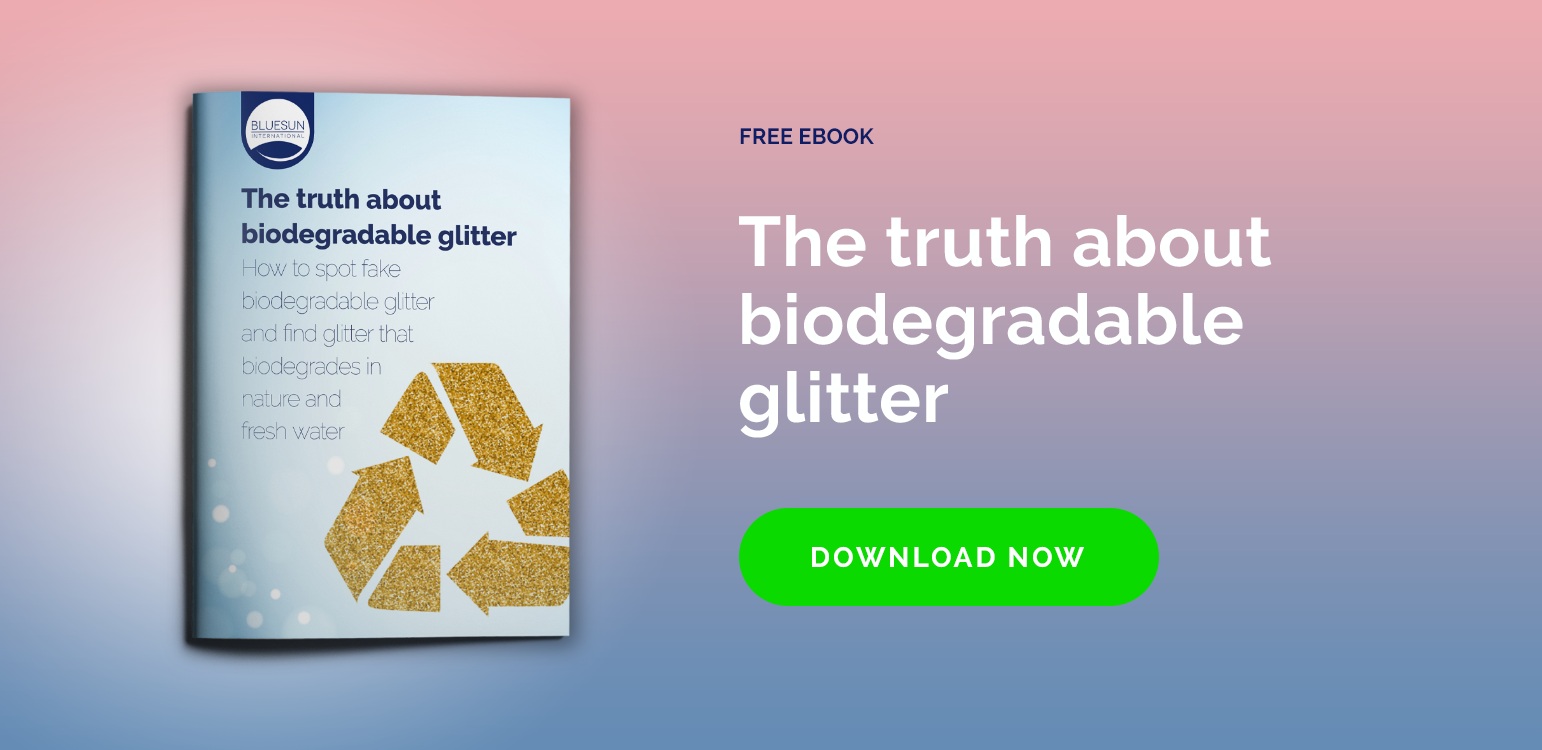Cosmetic ingredients may vary depending on the formulator, but there are some functional ingredients that are necessary to condition a makeup base or to have the effect on the body actually intended by the formulator. What are these ingredients and what is the importance of using them correctly?
Most formulators agree there are three different kinds of ingredients to formulate cosmetics, and they are aesthetic modifiers, functional and claims ingredients. Here we will focus on the importance of using functional ingredients, which include – among many others – emollients and humectants to formulate a makeup base or any other cosmetic.
Formulating with Emollients and Humectants
Every cosmetic has at least one functional ingredient, they are essential to make a product perform as intended and they are also the ones cosmetic manufacturers require the most from raw materials suppliers. Emollients are among the functional ingredients most commonly used by formulators thanks to the benefits they provide, which include:
- Performance
- Odor
- Color
- Compatibility
Other aspects to consider are cost and origin since some emollients can be very expensive and some consumers these days want to avoid animal-based ingredients. But there are other things to know about emollients and humectants, which will be discussed in the next paragraphs.
Knowing Emollients
The term emollient comes from the Latin word “molliere”, which means “to soften”. That is why emollients are ingredients used in cosmetics to improve the feel of skin and hair. They have a variety of molecular structures and come from natural and synthetic sources.
Natural Emollients
Considering that synthetic chemistry has not been with us all the time, most of the cosmetics ingredients used in ancient times come from natural sources.
Most Common Natural Emollients
Triglycerides are the most common natural emollients and they are the fats and oils from plants and animals. When they come from a plant they are called an oil, examples include:
- Coconut oil
- Palm oil
- Soybean oil
When the origin of the triglyceride is an animal, it is called a fat. For example: tallow and lard. But sometimes there is the special case in which animal triglycerides are also called oils, that is the case for shark liver oil and mink oil.
The characteristics of triglycerides include:
- Feel oilier than other kinds of emollients
- Ability to penetrate into the skin
- Melting point
- Compatibility with other ingredients
Distribution of Fatty Acids
This characteristic is what makes the difference among triglycerides. Fatty acids are hydrocarbons with different amounts of Carbon and Hydrogen atoms. Different triglycerides have different compositions of fatty acids. For example: coconut oil – 12 carbon fatty acids, palm oil – 16 carbon fatty acids.
Lanolin
It is an emollient derived from sheep’s wool. Molecularly, it is more complex than triglycerides and made of a complex mixture of esters. It has been used since ancient times because it gives a nice feel to skin and hair. It can also be used as an oil.
Synthetic Emollients
Since natural emollients can feel oily and present stability challenges and other problems to formulators, the synthetic chemistry can also be an option. Many esters have been created to avoid these issues, including:
- Simple esters: Most common synthetic esters that result from the reaction of an alcohol with an acid. The best known is Isopropyl myristate that provides a non-oily feel.
- Complex esters: They can be created using molecules of multiple acid or alcohol functional groups, but not many have been adapted to the cosmetics industry.
- Polyhydric alcohols: They are more complex esters that are produced with molecules that have multiple alcohol groups. An example is Ethylene Glycol Mono Stearate (EGMS), which can be used for its pearling effect and for being a thickener.
Our Lines of Perfect Balance
Blue Sun International offers product lines that are the perfect balance between natural products and technology. For instance, we remove the natural stickiness of Glycerin in our Dermanet line and our Moist Plus is a multifunctional humectant that combines synchronized biopolymers and banana fruit extract for a well-balanced and protected skin.


![Free ebook: The truth about biodegradable glitter [Click here and download now]](https://no-cache.hubspot.com/cta/default/4020212/b9c13b96-3024-4b35-9af9-cbd44d84ec15.png)


